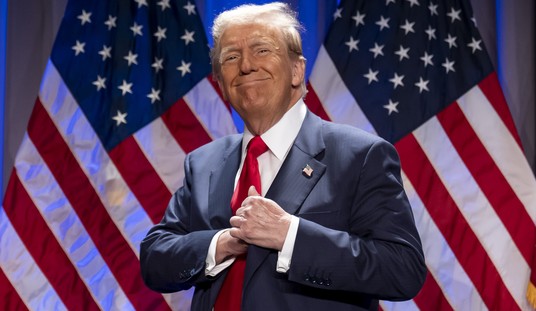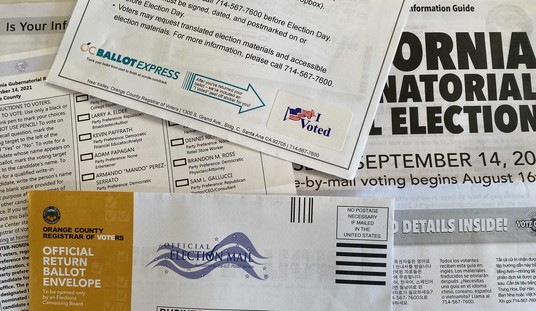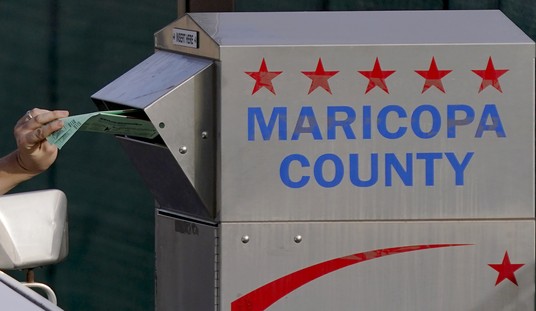A 9-year-old African-American girl is killed by a stray bullet while she is at home, guilty of nothing more than living in a crime-infested, inner-city neighborhood that used to be called a ghetto.
Mansur Ball-Bey, an 18-year-old black man, is shot in the back by St. Louis police officers during a drug raid.
Crowds fill the streets of Ferguson, Mo., to protest the shooting of the man outside a drug den. No one raises a voice in outrage against the senseless murder of a child. What sense is there in this?
While the death of a black teenager in Florida led to the creation of what became an international organization decrying police violence against minorities, the killings of hundreds of people on the streets of the poorest city blocks in Chicago go relatively unnoticed. Blood saturates a Chicago media that is overflowing with violence and cannot report every one of the deaths.
Where is the outrage?
An African-American Democrat in Chicago and a black sociologist from Harvard are asking that question. Where is the outrage? Both maintain it is time for Black Lives Matter to expand its focus and concentrate on what is truly outrageous.
#BlackLivesMatter first appeared in the Twittersphere in 2013 after George Zimmerman was acquitted in the shooting death of a black teenager, Trayvon Martin. Since then, Black Lives Matter has become an international force; much of its focus has been on the deaths of African-Americans who have died in confrontations with police like Eric Garner in New York or Tamir Rice in Cleveland.
The police shooting of Michael Brown in Ferguson, Mo., resulted in nationwide Black Lives Matter protests. The demonstrations that turned into unrest in many cities featured the chant “hands up, don’t shoot,” which was awarded four Pinocchios by the Washington Post fact-checker.
Whatever the result of their passion, Black Lives Matter supporters have pointed America’s attention toward police officers who seemed to be out of bureaucratic control. The Black Lives Matter protests also gave President Obama the incentive to stop the Pentagon from granting surplus military equipment to local police departments.
Now, Richard R. Boykin, a Cook County, Ill., commissioner, and William Julius Wilson, a senior fellow at the Brookings Institution, a center-left research and lobbying organization, are calling on Black Lives Matter to start protesting all black lives cut down by violence, instead of just those lost in confrontations with police officers.
Boykin issued his call for Black Lives Matter to expand its focus after Chicago was roiled by the release of a police video showing a black teenager shot 16 times by police officers.
Because of that shooting, Black Lives Matters protesters tried to stop Christmas shopping along Chicago’s Magnificent Mile, demanded the dismissal of the city’s police chief, and now are making the holidays hell for Mayor Rahm Emanuel.
Boykin told the Washington Post he doesn’t have a problem with Black Lives Matter demonstrations against police who kill black teenagers, as is the case in the Chicago death of 17-year-old Laquan McDonald.
But what about, Boykin asked, 9-year-old Jamyla Bolden, killed in her Ferguson, Mo., home by a stray bullet fired from the street? No one protested her death. But a near-riot broke out three days later in the same community when a police officer shot a black man during a drug raid.
“We get emotional when a police officer or a white person kills a black person, but we ought to also get emotional when a black person kills another black person,” Boykin said.
Boykin is doing more than just calling on Black Lives Matter to expand its focus. He released a 7-point plan in December to reduce gun violence in Chicago.
Boykin’s proposal includes establishing parenting workshops, strict enforcement of curfew laws, tougher gun laws, more cops in high-crime areas, and charging people who kill, and their conspirators, with domestic terrorism.
Wilson wrote in a Brookings essay that he thinks it is good that Black Lives Matter has a social media strategy to bring people out on to the streets to protest the deaths of young black men at the hands of police officers.
“But it is not enough. We need to expand the focus of the movement to include groups not usually referenced when we discuss ‘Black Lives Matter,’” Wilson wrote.
Wilson argued Black Lives Matter should expand its focus to violent crime in inner city neighborhoods while understanding poverty and income inequality are root causes of those crimes.
“In 1978, poor blacks aged twelve and over were only marginally more likely than affluent blacks to be violent crime victims—around forty-five and thirty-eight per 1000 individuals respectively. However, by 2008, poor blacks were far more likely to be violent crime victims—about seventy-five per 1000—while affluent blacks were far less likely to be victims of violent crime—about twenty-three per 1000,” Wilson wrote.
“In Milwaukee, Wisconsin, where 46 percent of African Americans live in high-poverty neighborhoods—those with poverty rates of at least 40 percent—blacks are nearly 20 times more likely to get shot than whites,” he added. “The murder rate is nine times higher.”
But Wilson also noted that if Black Lives Matter expands its focus beyond its reaction to police shootings, it could have a boomerang effect.
He said it could “distract attention” from police violence against blacks, as well as strengthen the arguments of those who are resisting “justice reform efforts” that include new regulations on how police officers do their jobs and prison sentencing guidelines.
“But the problem of public space violence—seen in the extraordinary distress, trauma and pain many poor inner-city families experience following the killing of a family member or close relative,” Wilson wrote, “also deserves our special attention.”









Join the conversation as a VIP Member